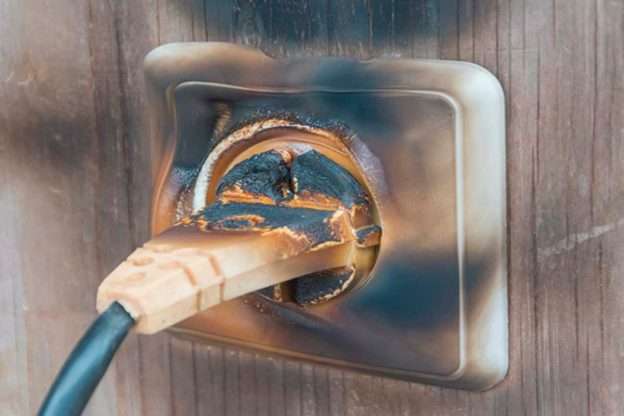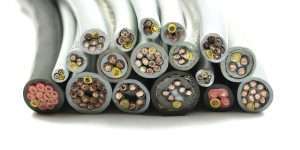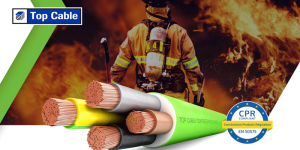Types of Electrical home Wiring Cables Through different electric cables types, the electric current is…
12 Tips to improve electrical safety at home
In this article we are gonna talk about how to electrical safety at home. Follow the following safety regulations at home and tips to guarantee the safety of all electrical installations at home, in your community or in your company.
Tips to improve electrical safety and avoid electric shocks at home
1. Push the test button of the differential switch in the switch room at least once a year
If pressing does not trigger the lever, it is faulty. In this case, you are not protected. It is recommended that all the people who live together or who use the same space to know where the meter room is located and know how the power can be turn off or how it can be reconnected in case the home power fails.
2. If you live in an old house and the fuses blow, you should find out why before changing them
When you have a problem with your electrical installation, call an installer authorised by the Industrial and Energy Department of your province.
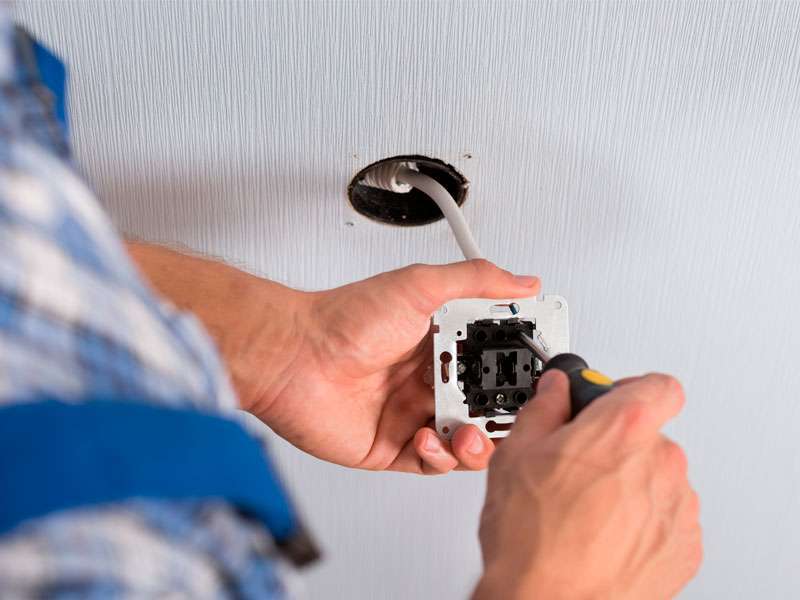
3. Avoid making connections in multiple sockets
Use one socket for each application, not T-branches or thieves.

4. It is convenient to disconnect the portable appliances after using them
Before starting up a new appliance, check the electrical power contracted and read the instructions for the appliance.
We also advise you to place household appliances that can overheat such as stoves, televisions with enough separation from the wall so that the air can flow a little and avoid overheating that can cause fire.
5. If you need to handle an appliance, disconnect it first
Before disconnecting an electrical appliance, check that it is dry.
6. To manipulate an installation, it must be done without voltage.
To do this you will have to disconnect the differential switch (ID) and check that there is no voltage in the circuit on which you are going to operate.
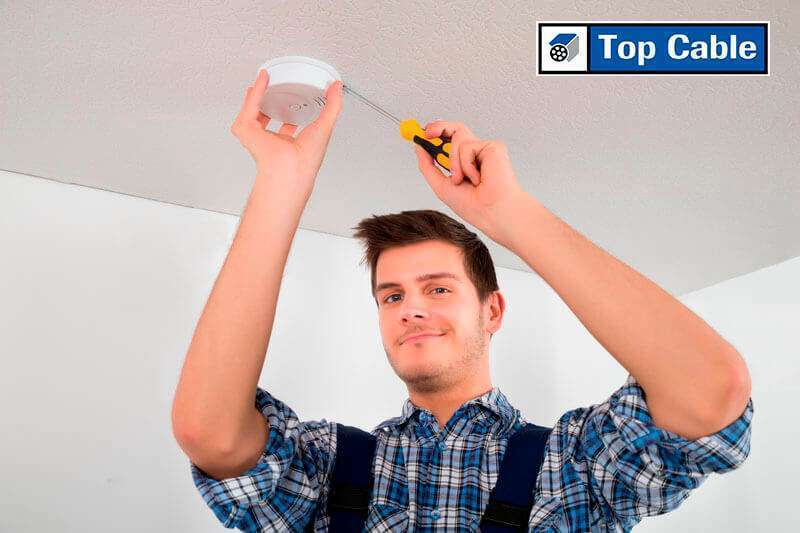
7. Disconnect the circuit breaker before replacing a blown bulb
8. If an appliance is bypassed and gives a cramp, unplug it immediately and call a technician
Never use appliances with stripped cables, broken plugs, damaged sockets or sockets that have been disconnected from their sockets.
9. The combination of water and electricity makes both the kitchen and the bathroom one of the most dangerous areas of the house
Therefore, to avoid unnecessary risks, we must bear in mind some essential rules: in the kitchen, try to use the electrical appliances far from the sink area.
10. Try not to arouse the interest of children because of loose plugs or cables
Keep them out of their reach and do not manipulate them in front of them. Do not leave electrical appliances unattended within their reach.
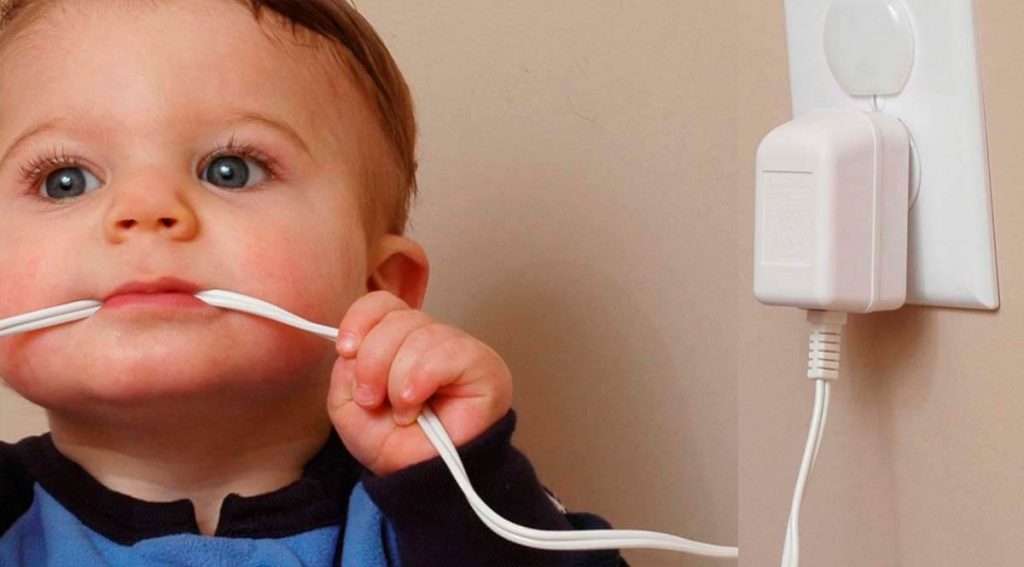
11. To plug in, unplug in and connect, always keep your hands dry
When you are using electrical appliances, do not be barefoot or have your feet or hands wet, so it is recommended to put on shoes before being in contact with any device connected to electricity.
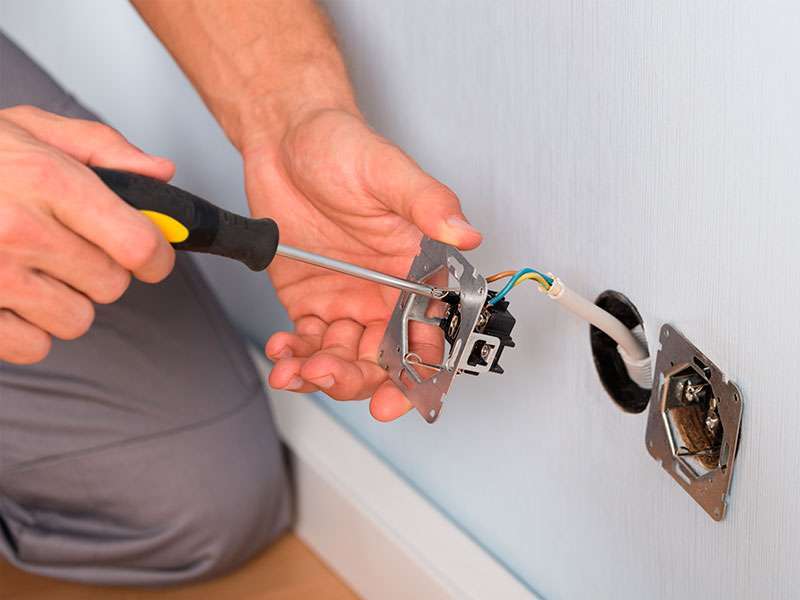
12. Never pull the cord
To unplug an appliance, pull the body of the insulating plug.
13. Never use worn or damaged cables.
Even the smallest damage to a wire can cause an accident, so it should be thrown away immediately and replaced with a new one.
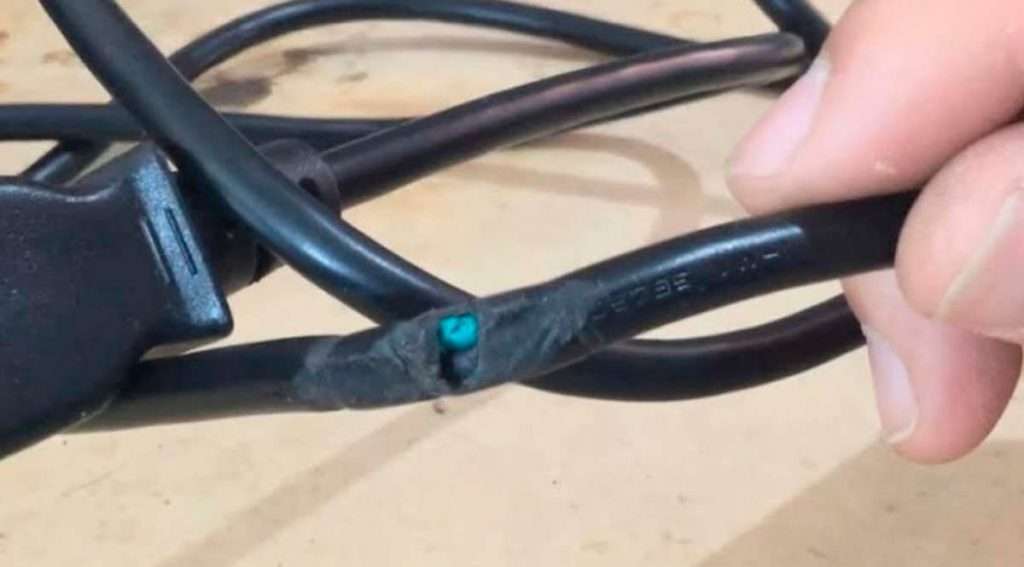
14. Do not place cables under carpets or surfaces that will support any weight
Over time the cable can be damaged and could cause a fire

